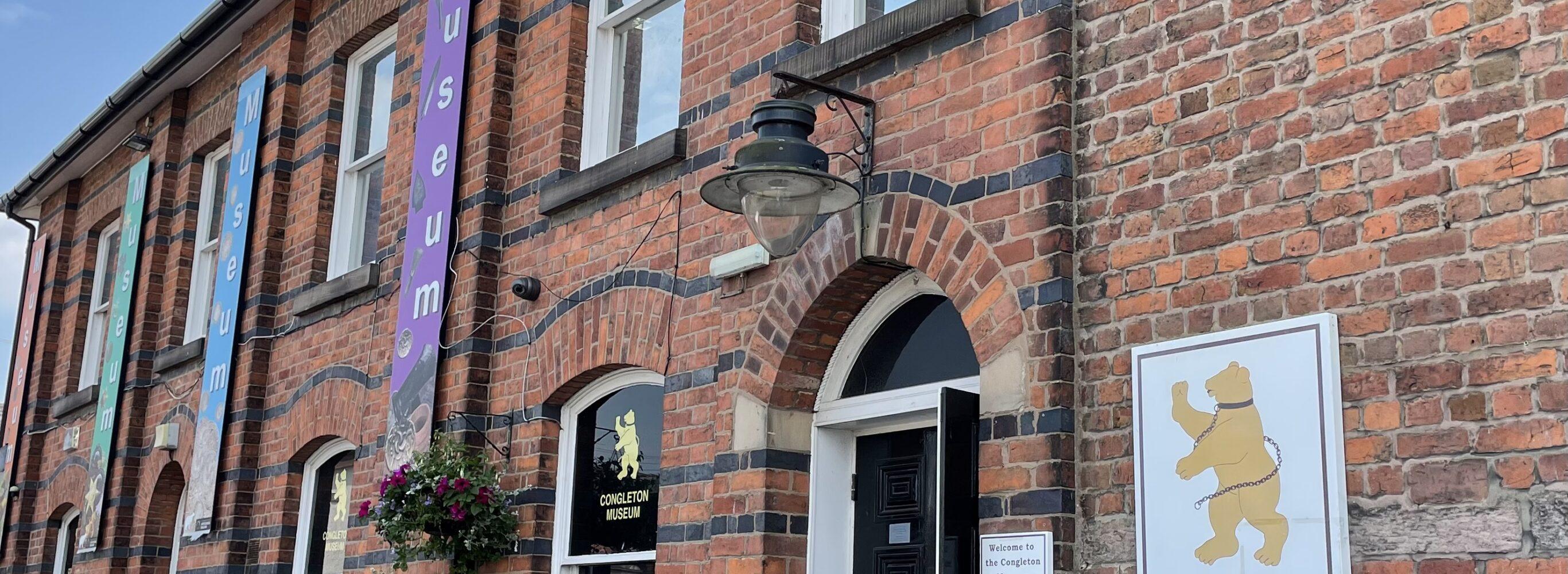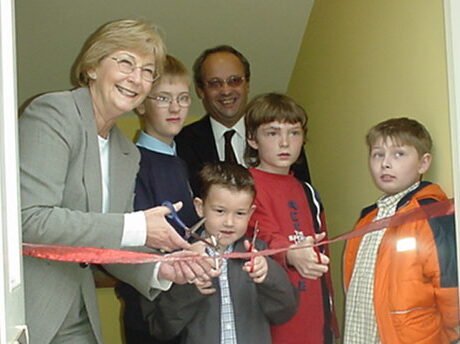
From Vision to Reality: The inspiring story of Congleton Museum’s inception
The story of Congleton came alive on 29th June 2002 with the opening of the town’s own museum, which is housed in the former Victorian police station.
People had talked about having a museum in the town for years, especially after some notable historic finds, such as the Astbury log boat and the Moody Street gold coins, and Congleton Museum Trust was formed in 1985. The initial impetus came from John Sebire (then Managing Director and Chairman of Berisfords Ribbons), who called a public meeting with the intention of finally establishing a museum. They raised money through coffee mornings, calendars, walks and talks; they sought help from local trusts with money for community projects; they collected everything they could find that reflected the history of Congleton, Astbury and the surrounding area; and, of course, they sought – and received – the support of the people of Congleton.
The biggest problem was finding suitable, and affordable, premises. Eventually, in 1998, it was decided that the refurbishment of the Town Hall could include space for a museum, and the architects decreed it should be in the part of the building that had once been a police station. When it was handed over to the trust, it was a shell – just four walls and a ceiling, no heating, no electricity.
A small group got together to submit a large bid to the Heritage Lottery Fund, while local fund raising was stepped up to find the rest of the money required. More than £200,000 from the HLF and substantial donations by local authorities, charities and other organisations made the whole thing possible.

The opening ceremony was performed by four local schoolchildren, assisted by Ann Winterton, then Congleton’s MP. Later that year, an official opening was performed by the Duke of Gloucester.
Exhibits came to the new museum from far and wide. The gold coins came back from the Grosvenor Museum in Chester and Manchester Museum returned the Astbury log boat, a dug-out believed to date from the Bronze Age which was found at Ciss Green in 1923 by a farmer digging for gravel. The boat is almost 13 feet long, and was transported to the museum from Manchester ion a low loader loaned by Dane Housing, with Congleton Boys Brigade helping to carry the crate containing the boat.
The museum is a registered charity and still relies on fundraising events, charitable grants, and donations to continue. It is primarily run by volunteers, with only one part-time paid member of staff. Despite this, it was registered as a full museum in 2005 and gained accreditation in 2008. It has worked alongside the British Museum, the V & A and Liverpool Museum, among others, and houses significant artefacts from other parts of Cheshire. Its collection is now huge – there are many more interesting items than can be displayed, and attempts have been made to find larger premises, so far without success. However, the museum continues to evolve and has become a much-loved part of the community.